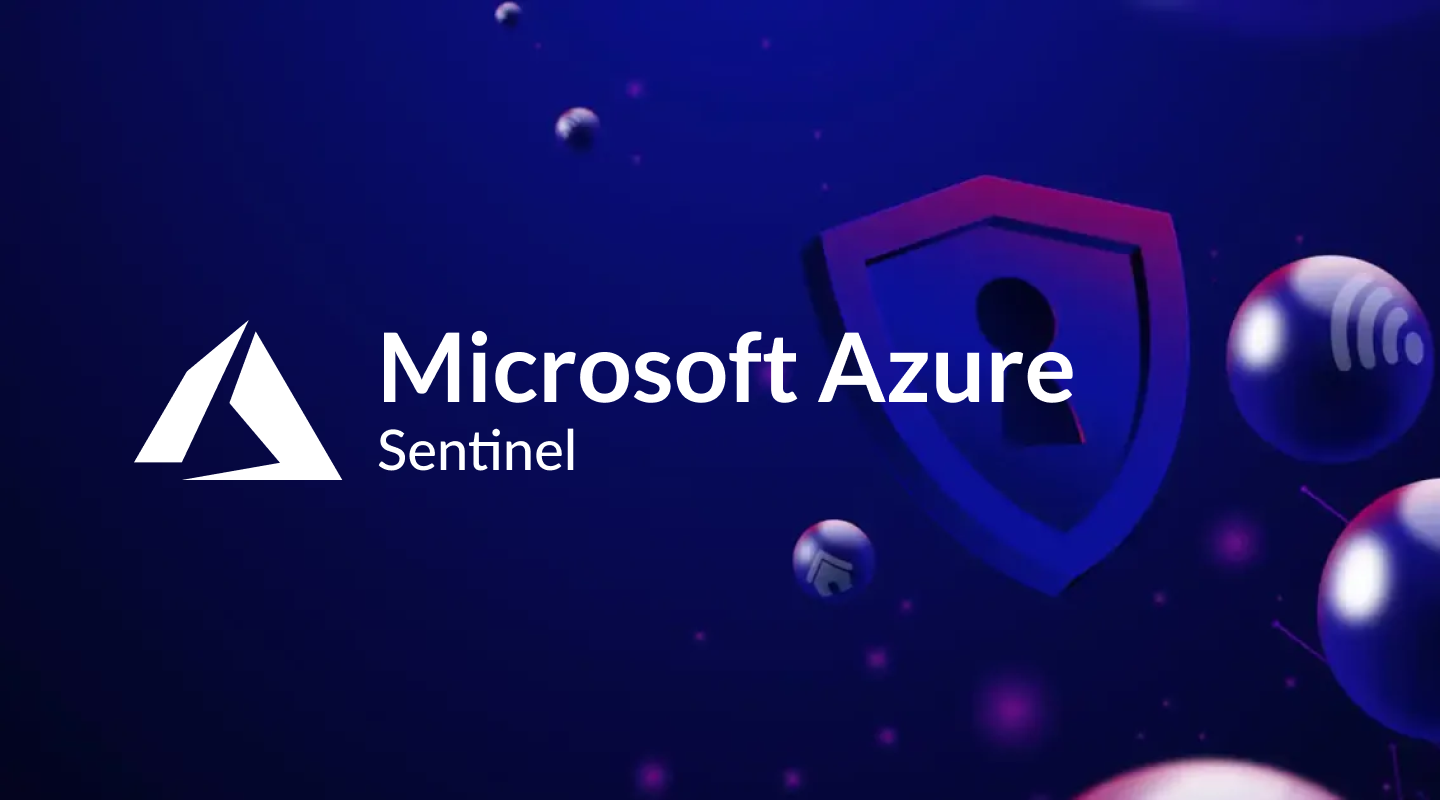Azure Sentinel is growing in popularity when it comes to Security Orchestration, Automation, and Response (SOAR). Not only does it inform you when an incident becomes true, but it also functions as a response system to address it. The software exists to significantly reduce Mean-Time-to-Response, tightening your security even more.



